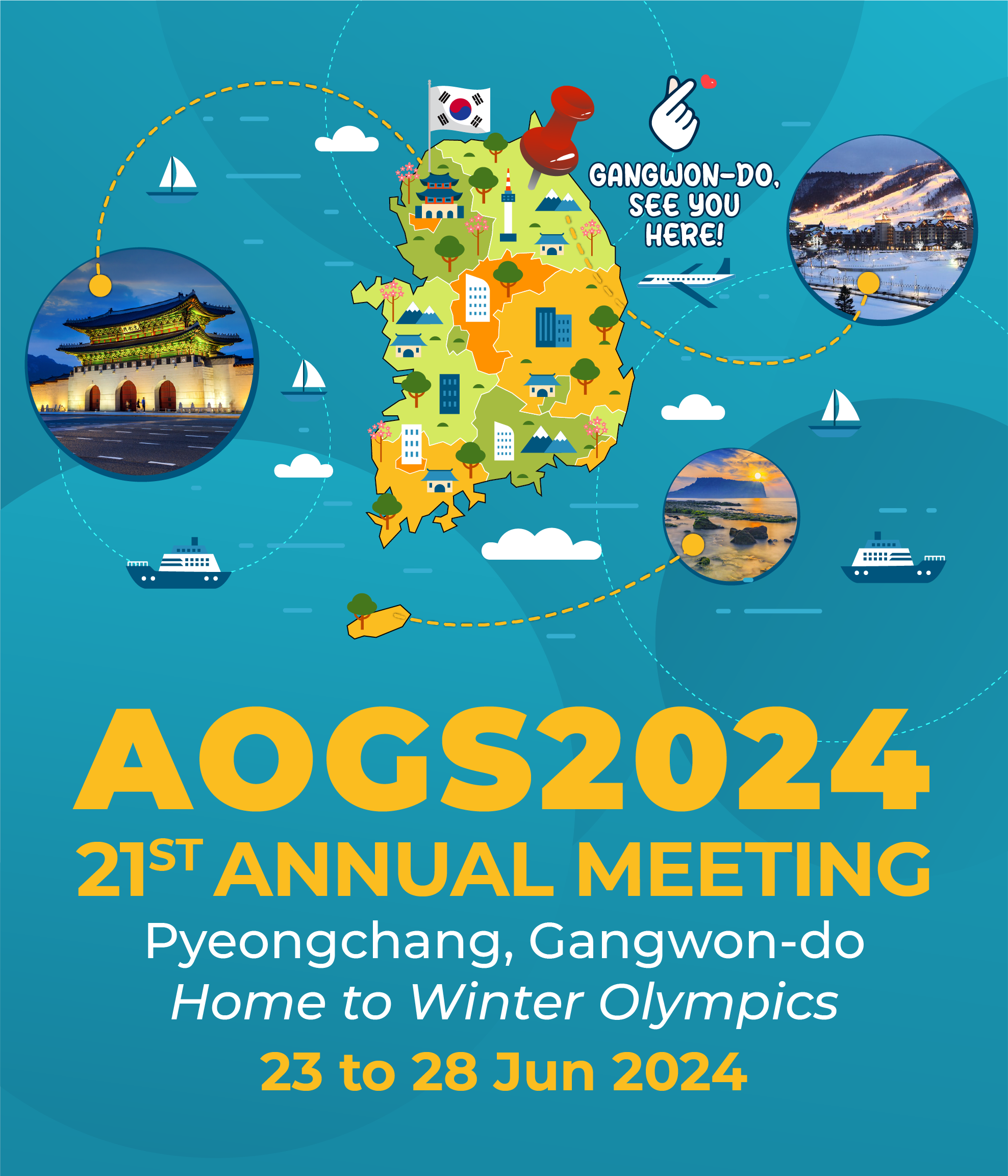
Wing-Ip Medal Lecture | 28 Jun (Fri) 4:00 PM – 5:30 PM | Level 2, Forest Hall, Alpensia Convention Center

Chih-Pei CHANG
Distinguished Chair Professor,
National Taiwan University
Distinguished Professor Emeritus,
Naval Postgraduate School
Chih-Pei Chang is a Distinguished Chair Professor at National Taiwan University and a Distinguished Professor Emeritus at the Naval Postgraduate School. He received his B.S. from National Taiwan University in 1967 and Ph.D. from the University of Washington in 1972. His research field is tropical meteorology and climate dynamics. He pioneered the use of satellite images for studying tropical waves, proposed the first theory of the Madden-Julian Oscillation that revealed its fundamental dynamics, discovered the gravity wave characteristics of cold surges, and developed a conceptual model of wintertime midlatitude-tropical interaction. His research in ENSO identified its relationship with the intraseasonal migration of China's Meiyu rainfall. His research on the Maritime Continent monsoon illuminated the critical roles of terrain in the monsoon's progression, leading to various significant implications.
He spearheaded an international initiative that resulted in the creation, in 1997, of the first major platform for exchanges among WWRP and WCRP monsoon scientists worldwide: the WMO International Workshops on Monsoons. Since 2004, the peer-reviewed book series after each workshop, "The Global Monsoon System,” has become a key resource in monsoon research and education. In 2017, the WMO Commission for Atmospheric Sciences presented him with a Certificate of Appreciation for outstanding leadership as the Chair of the Monsoon Panel.
He played crucial roles in the development of major national and international weather and climate programs in Taiwan, Singapore, and Korea, and the WWRP SCMREX project in China. The Hong Kong Meteorological Society named him an Honorary Member on its 25th Anniversary for his contribution to founding the Society. His other honors include being elected a Fellow of the American Meteorological Society and the Meteorological Society of the Republic of China, and receiving the AMS Meisinger Award, the Sigma Xi Menneken Award, and the U.S. Navy Superior Civilian Service Medal.
Maritime Continent Monsoon: Topographic Effects and Mesoscale – Large Scale Interactions
The AOGS Wing Ip Medal, in my humble opinion, is not only about individuals; it also celebrates the collaborative spirit prevalent in geoscience in the Asia Oceania region. International cooperation and collaborations play a vital role in our field, benefiting everyone involved, including myself. Therefore, I hesitate to claim being completely “unselfish,” as stated in the award’s description.
One research topic that I benefited from international collaboration concerns the monsoon of the Maritime Continent, which spans a significant portion of the equatorial Asian-Oceania region. A traditional concept of monsoon, defined as the season of maximum rainfall within the local annual cycle, envisions a planetary-scale direct circulation system driven by land-sea thermal differences that move with the sun. However, the complex terrain of the Maritime Continent renders this depiction not only oversimplified but also misleading.
The intricate mesoscale terrain leads to the intertwining of boreal summer and winter monsoon regimes across the equator due to the interaction of large-scale seasonal-reversal winds and the terrain. The intrusion of the winter regime northward into the summer regime is stronger than the reverse, resulting in an asymmetry of the seasonal progression. While the southeastward progression of convection from the summer to the winter regimes is continuous during fall, it does not retrace this process during spring and remains near and south of the equator.
Many theories explaining this asymmetry invoke seasonal and spatial variations of the sea-surface temperature. However, the topographic distribution plays a significant role. The low-level wind and terrain interactions during boreal fall are both stronger and more widespread. Moreover, the low-level condition favors convergence in boreal fall and divergence in boreal spring, which can be traced to the global-scale mass redistribution between the land and ocean regions. These effects facilitate the southeastward progression of maximum convection from the Asian summer monsoon to the Australian summer monsoon in boreal fall but hinder the reverse progression in boreal spring.
The mesoscale terrain effect offers insights into several unusual phenomena in the Maritime Continent. For example, although ENSO affects Maritime Continent significantly, operational monsoon forecast over the western Maritime Continent turned out very challenging because the ENSO-rainfall correlation has a local minimum. Detailed analyses show that the cause is more likely attributed to the wind-terrain interaction involving the mesoscale Sumatran mountains rather than SSTs.
Another example is the development of Typhoon Vamei in 2001. An earlier collaborative work with Dr. LIM Hock in Singapore proposed a theory explaining South China Sea cold surges as the tropical response to midlatitude pressure forcing. The dispersion of Rossby modes leads to a cross-equatorial return flow and a cyclonic circulation, providing a mechanism for equatorial cyclogenesis. This research stands out in meteorology in that a theory precedes observation. Although the narrow width of the southern SCS facilitates strengthening of the surges, it also severely restricts the likelihood of cyclone development. As a result, Vamei remains to be the sole equatorial tropical cyclogeneses event observed to date.
